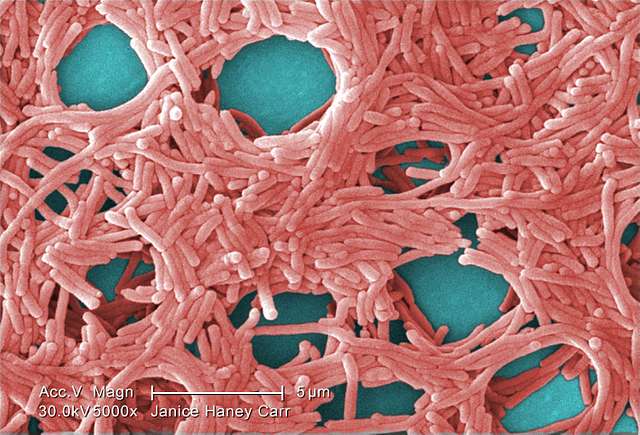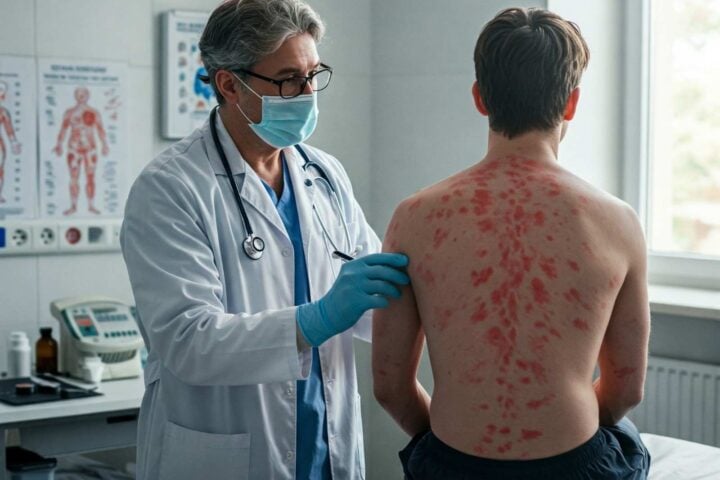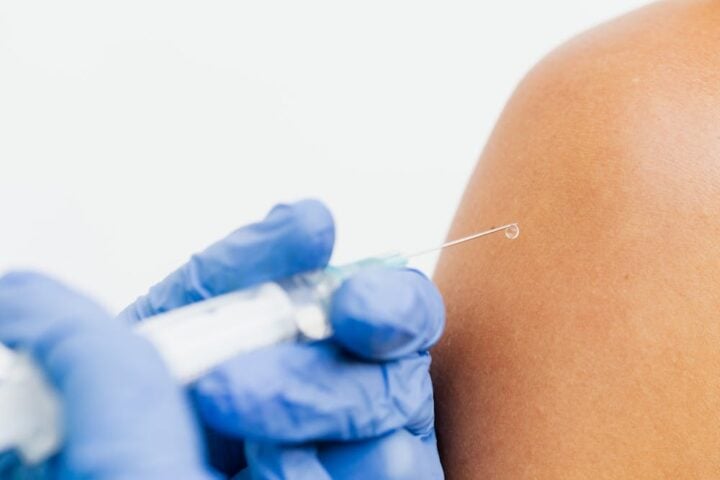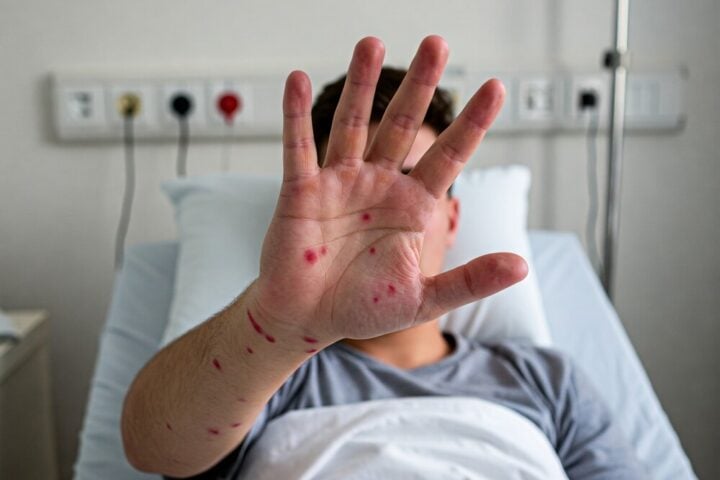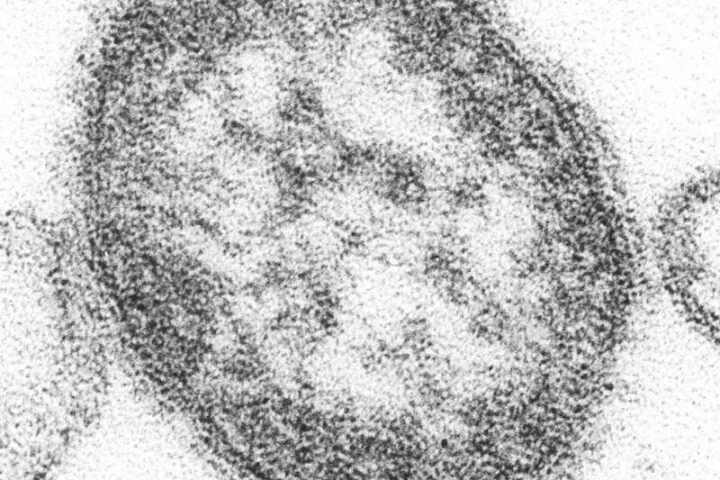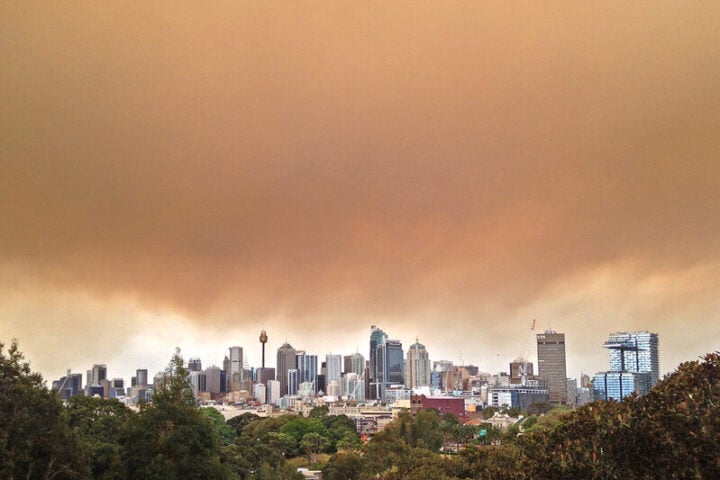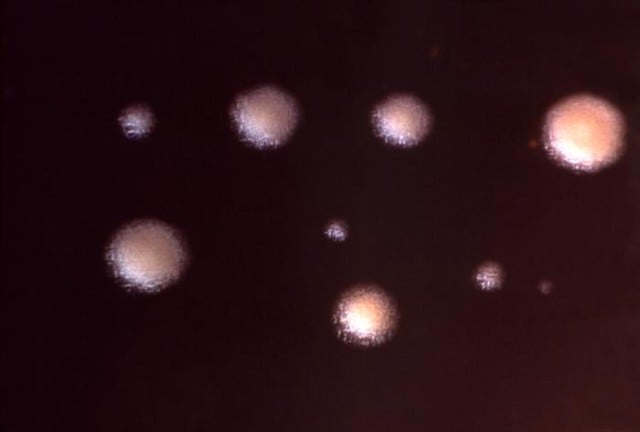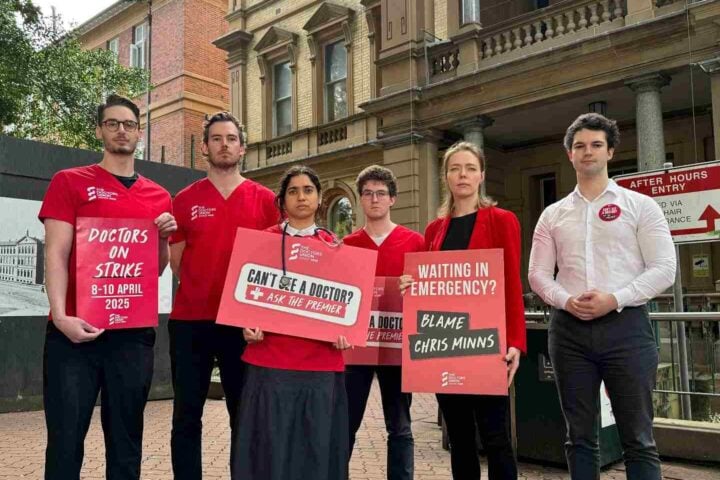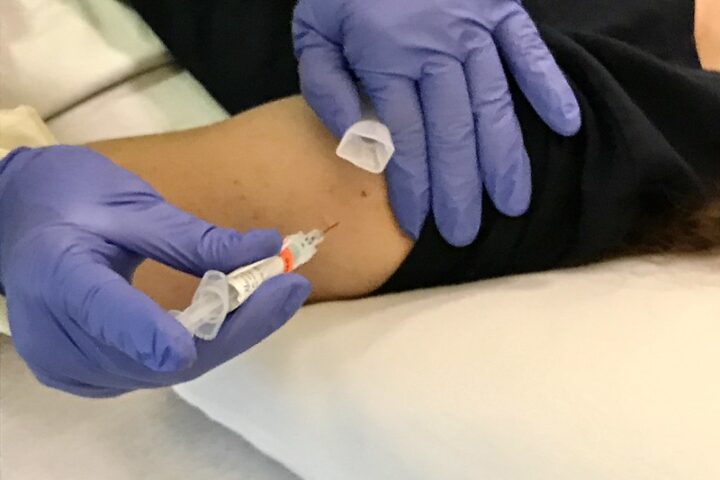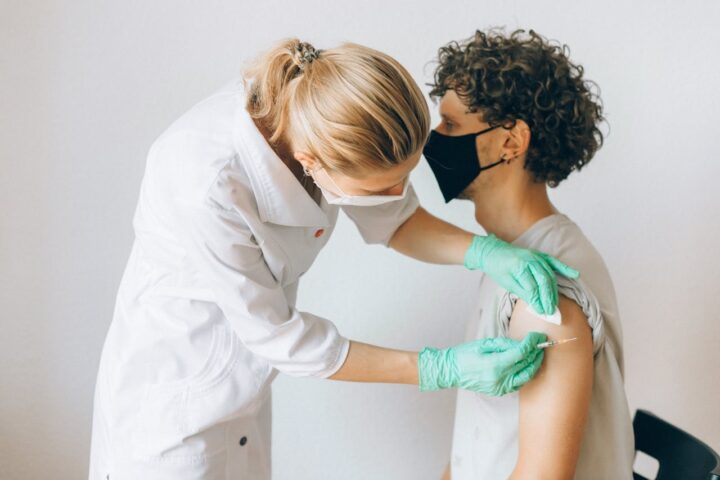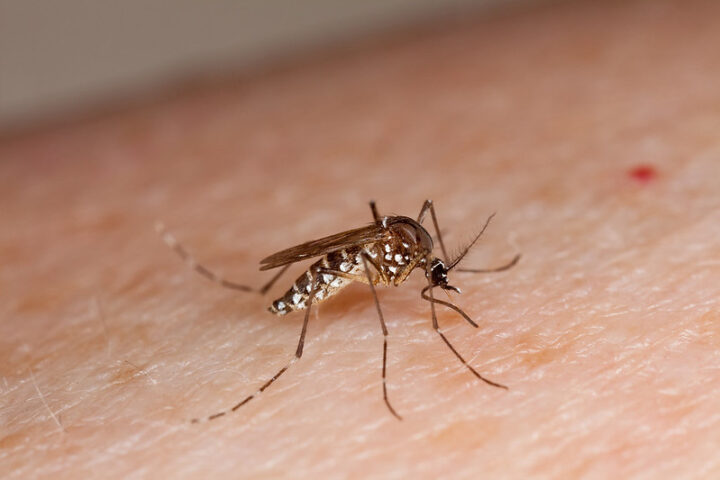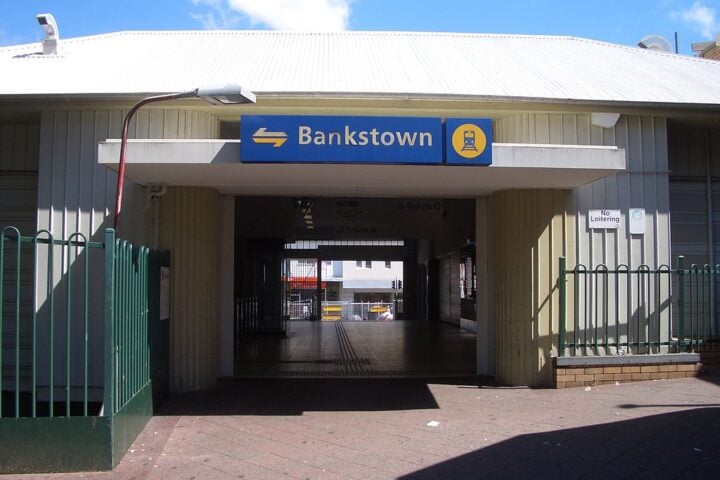A serious outbreak of Legionnaires’ disease has hit Sydney’s central business district (CBD), leaving one person dead and 11 others hospitalized. NSW Health officials are racing to contain the spread while investigating cooling towers as the likely source.
The man who died, aged in his 50s with underlying health conditions, was among 12 confirmed cases of people who spent time in Sydney’s CBD between March 13 and April 5, 2025.
What we know so far
Health authorities have found Legionella bacteria in one cooling tower in the CBD. The tower is now being decontaminated while further testing continues to confirm if it’s the definitive source of the outbreak.
Dr. Vicky Sheppeard, South Eastern Sydney Local Health District Public Health Unit Director, explained how the disease spreads: “Legionnaires’ disease is caused by infection with Legionella bacteria. Outbreaks sometimes occur when bacteria from environmental sources such as cooling towers atop large buildings become contaminated. It is not spread from person to person.”
In an unusual twist, one patient reportedly contracted the disease while simply driving through Circular Quay in an open-top car, highlighting how the bacteria can travel through air.
NSW Health has chosen not to publicly identify the building with the contaminated cooling tower, noting that people can be infected within a 300-meter radius of a source.
Extensive testing underway
The response has been swift and thorough. “NSW Health continues to work closely with the City of Sydney to identify, inspect and sample any cooling towers in the CBD potentially implicated in the outbreak,” Dr. Sheppeard said. “To date, over 165 cooling towers have been inspected and tested.”
She noted that most building owners have quickly ensured their cooling towers meet NSW Public Health Regulation 2022 requirements.
Similar posts
What is Legionnaires’ disease?
Legionnaires’ disease is a serious form of pneumonia caused by Legionella bacteria, which naturally exist in freshwater environments but can multiply in human-made water systems like cooling towers, hot tubs, and large plumbing systems.
People typically catch it by breathing in small droplets of water containing the bacteria. Symptoms include fever (potentially high, around 40°C), chills, cough, and shortness of breath. Some may also experience confusion, diarrhea, or nausea.
Symptoms typically appear 2 to 14 days after exposure, with NSW Health specifically noting up to 10 days for this outbreak.
Who’s at risk?
While anyone can get Legionnaires’ disease, higher-risk groups include:
- Adults over 50
- Current or former smokers
- People with weakened immune systems
- Those with chronic lung disease, diabetes, kidney disease or other serious conditions
The disease is treated with antibiotics, and early diagnosis significantly improves recovery chances. However, complications can be serious and include lung failure, septic shock, and kidney failure.
What to do if you were in the area
Anyone who spent time in Sydney’s CBD or surrounding areas between March 13 and April 5 should watch for symptoms. If you develop fever, chills, cough or shortness of breath, seek medical advice promptly from your GP or local emergency department.
This isn’t the first major Legionnaires’ outbreak Australia has faced. Last year, more than 100 people developed the disease during a major outbreak linked to cooling towers in Melbourne, resulting in two deaths. Sydney also saw outbreaks in January and February 2024, with at least seven people hospitalized.
For more information on managing water-cooling systems, contact your local public health unit on 1300 066 055. For non-life-threatening health concerns, call healthdirect on 1800 022 222.

Frequently Asked Questions
Legionnaires’ disease is a serious form of pneumonia caused by Legionella bacteria. It can be quite severe, especially for vulnerable populations, and sometimes fatal. In the current Sydney outbreak, one person has died and 11 others have been hospitalized. The disease typically requires antibiotic treatment and often hospitalization. While many people recover with proper treatment, complications can include lung failure, septic shock, and kidney failure.
Legionnaires’ disease is not spread from person to person. People catch it by breathing in small water droplets (aerosols) containing Legionella bacteria. In urban outbreaks like the one in Sydney, the source is often cooling towers on top of large buildings where the bacteria can grow and then spread through the air. One person in the current outbreak even caught it while driving through Circular Quay in an open-top car, showing how the bacteria can travel through the air.
The main symptoms of Legionnaires’ disease include fever (which can be high, around 40°C or 104°F), chills, cough, and shortness of breath. Some people may also experience headache, muscle aches, confusion, diarrhea, or nausea. Symptoms typically appear 2-10 days after exposure to the bacteria. If you’ve been in Sydney’s CBD between March 13 and April 5 and develop these symptoms, you should seek medical advice right away.
While anyone can get Legionnaires’ disease, certain groups are at higher risk of severe illness:
• Adults over 50 years of age
• Current or former smokers
• People with weakened immune systems (due to medications or conditions like HIV/AIDS or cancer)
• Those with chronic lung disease, diabetes, kidney disease or other serious health conditions
The man who died in the current Sydney outbreak was in his 50s and had underlying health conditions.
NSW Health has identified the exposure period for this outbreak as between March 13 and April 5, 2025. They have found Legionella bacteria in one cooling tower, which is now being decontaminated. Health authorities are working to identify any other potential sources, with over 165 cooling towers already inspected. If you’re planning to visit Sydney CBD now, the risk should be lower as actions are being taken to address known sources of contamination. However, it’s always good to stay informed about the latest updates from health authorities.
If you were in Sydney’s CBD or surrounding areas between March 13 and April 5, 2025, you should monitor yourself for symptoms of Legionnaires’ disease, which can appear up to 10 days after exposure. These include fever, chills, cough, and shortness of breath. If you develop these symptoms, seek medical advice promptly from your GP or local emergency department, and make sure to mention you were in Sydney CBD during the exposure period. For non-life-threatening health concerns, you can also call healthdirect on 1800 022 222.
